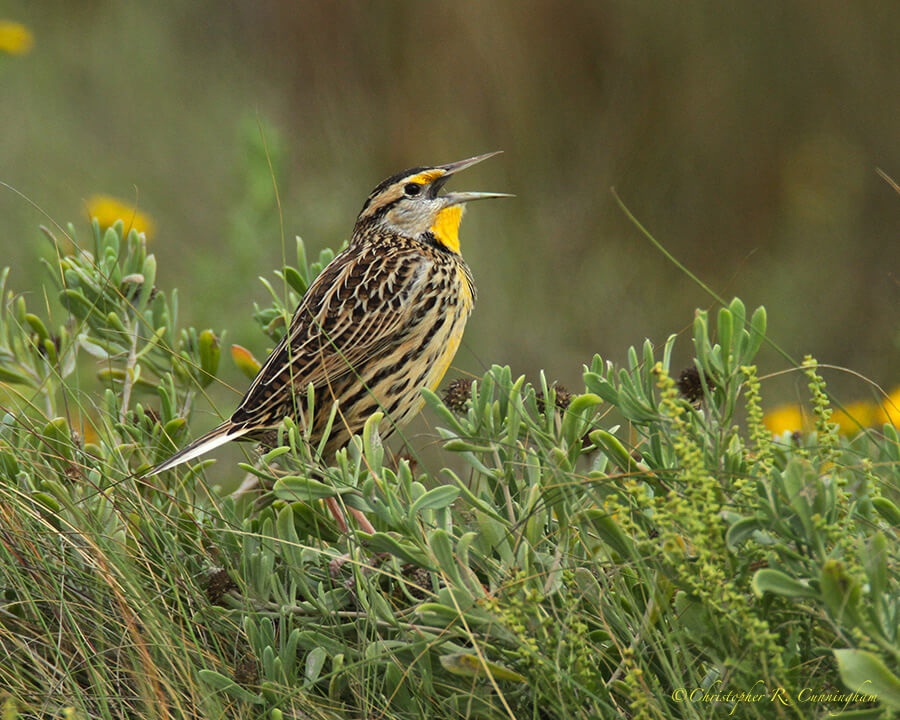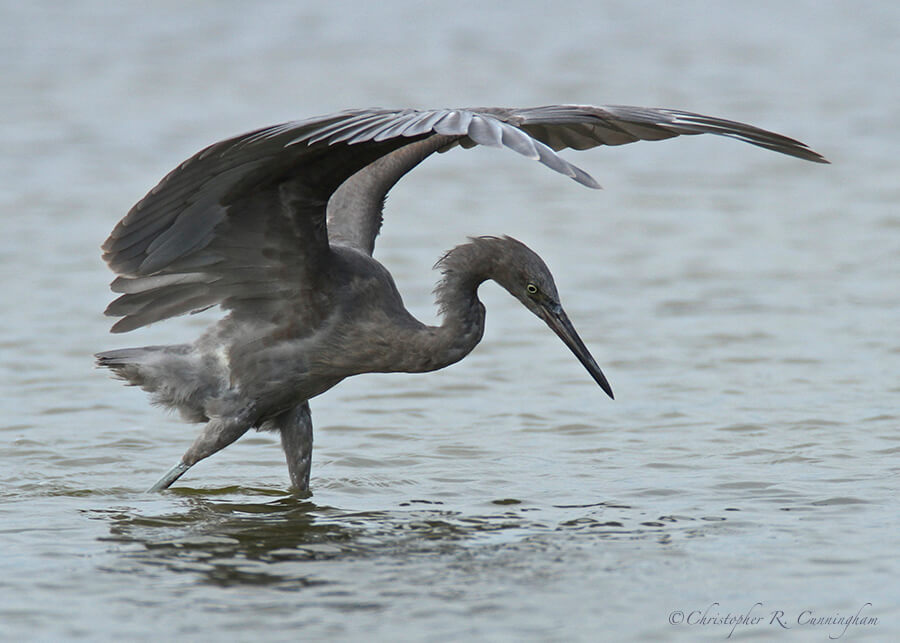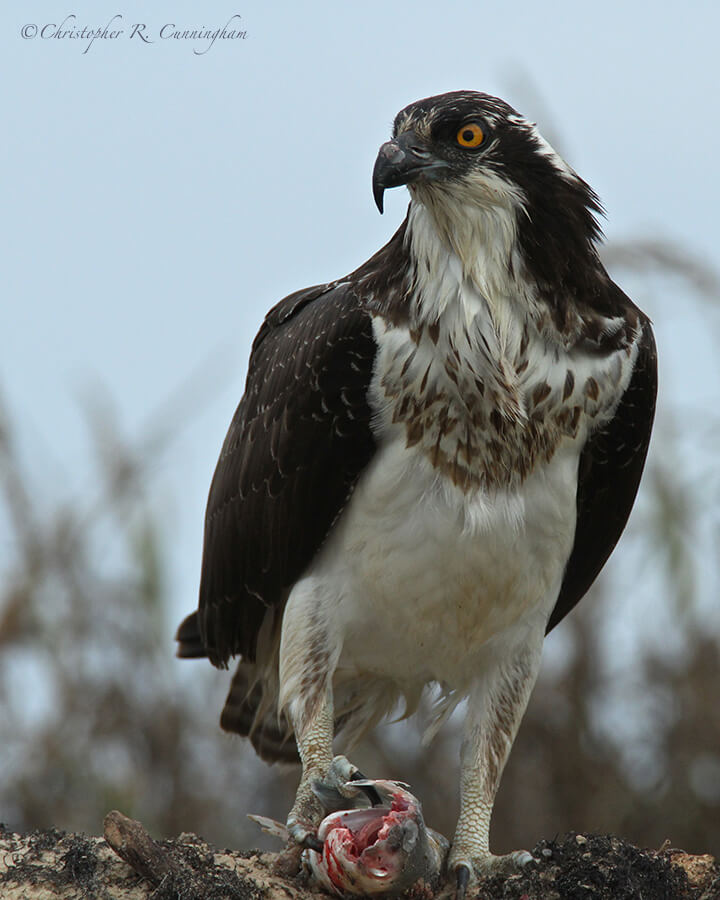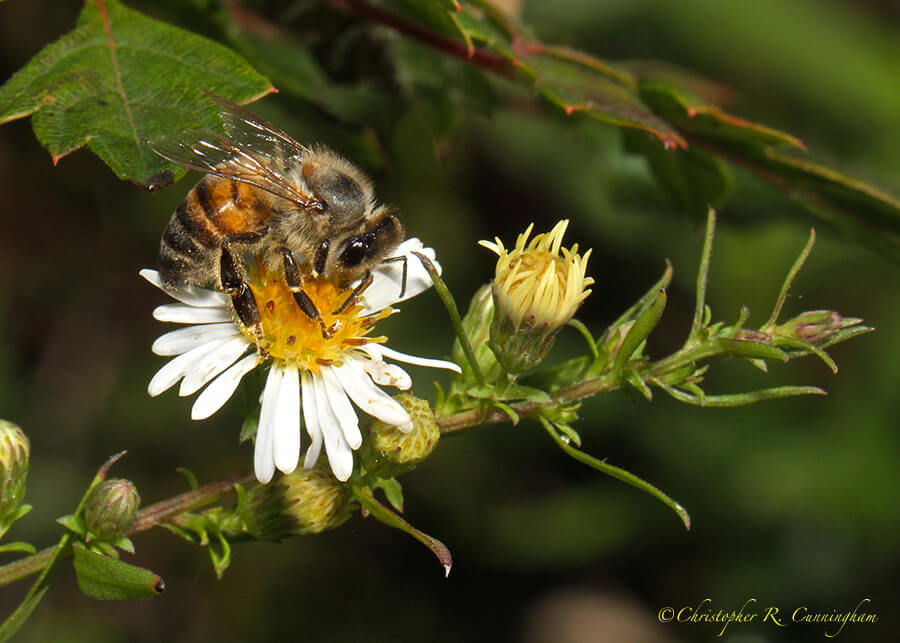
My favorite bird photos document apparently undisturbed behavior. There is a big element of luck in obtaining such photos as birds tend to spook and stop whatever they’re doing by the time you’re close enough to get a decent shot. You can stack the odds a bit in your favor by modifying your own behavior. Wearing camouflage, making only slow, deliberate, and tangential movements can help. Also, pretending to ignore the bird and not making direct eye contact can squeeze a few extra feet from those all-important minimum approach distances.

The most fun to be had in bird photography is when the birds are so wrapped up in their world that they ignore you completely. Reddish Egrets, for example, will sometimes start running around willy-nilly in a hunting frenzy that alternates between a staggering postmodernist dance and underwing hunting. Raptors, however, seem to never zone out, and with their incredible senses always seem minutely aware of your every movement. They may continue doing their thing, but they clearly never forget that you are there.

On a different note, in between recent avian sightings, I’ve been working on macro technique, especially approaches to flash. Despite having a built-in diffuser, our Sigma macro ring flash (in many ways a piece of junk), which often works well on dull surfaces, tends to be too contrasty and produces excessively bright highlights on shiny surfaces. As a result, I’ve been experimenting with other set-ups, including Sto-Fen Omni-Bounce and Vello Softbox flash diffusers for our Canon 600EX-RT flashes. Reports to follow.

Behavior is the mirror in which everyone shows their image.—Johann Wolfgang von Goethe
©2014 Christopher R. Cunningham. All rights reserved. No text or images may be duplicated or distributed without permission.